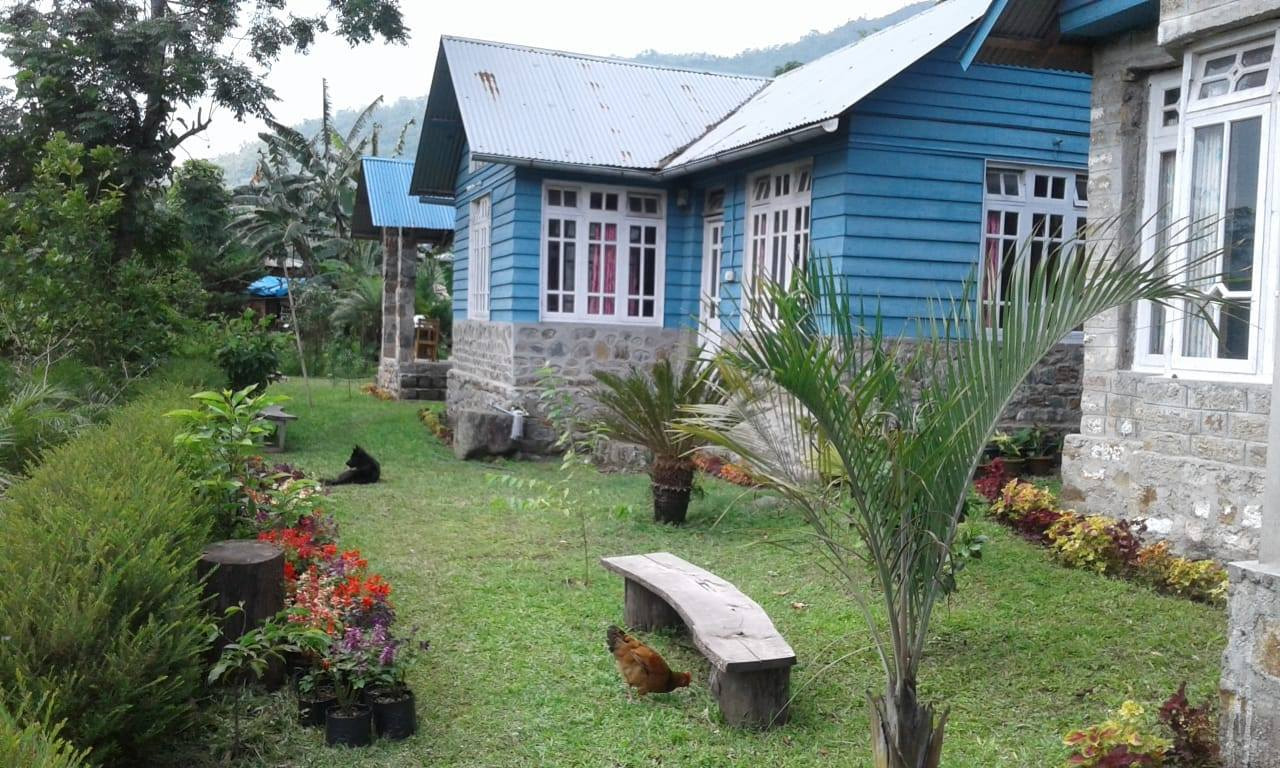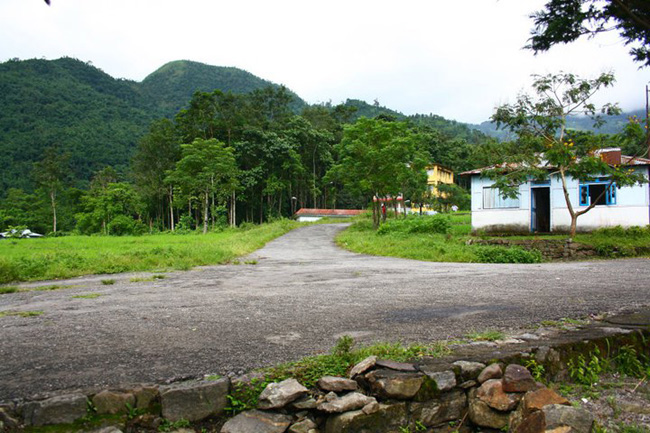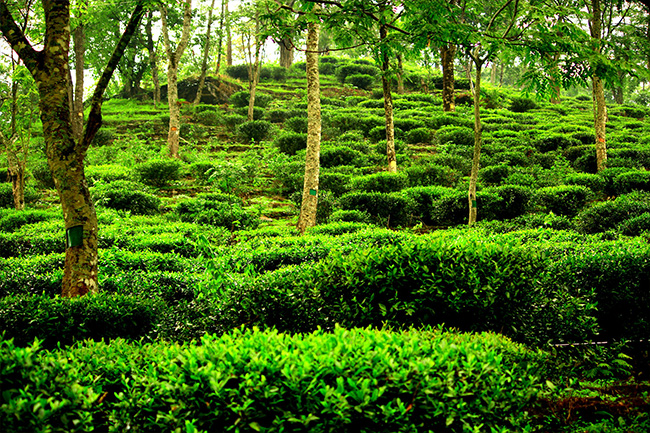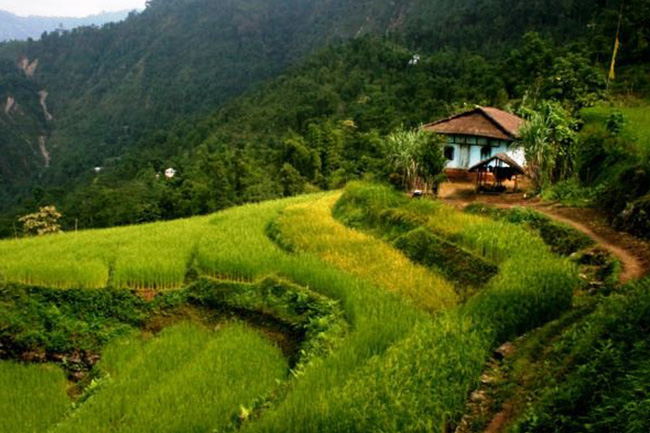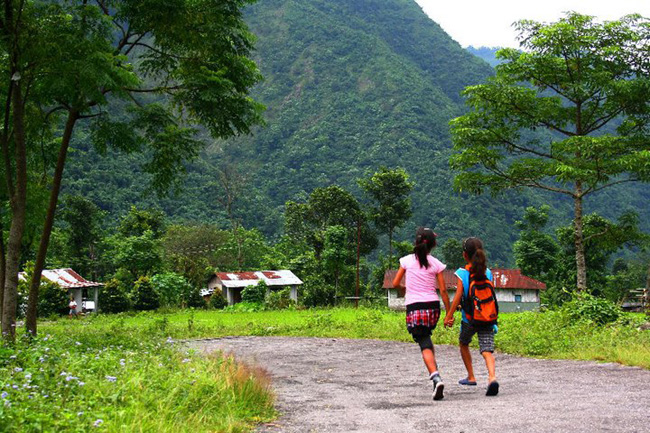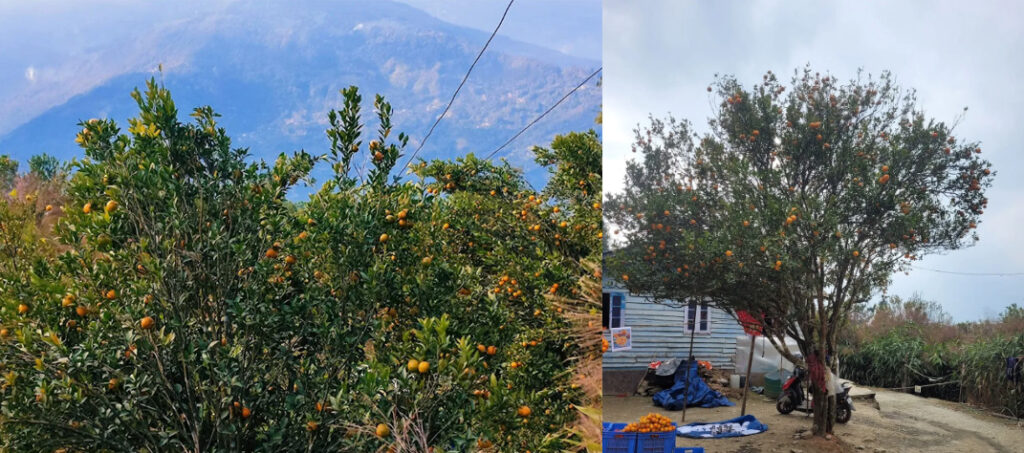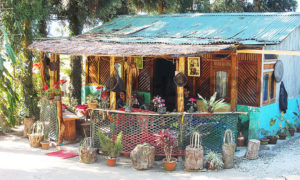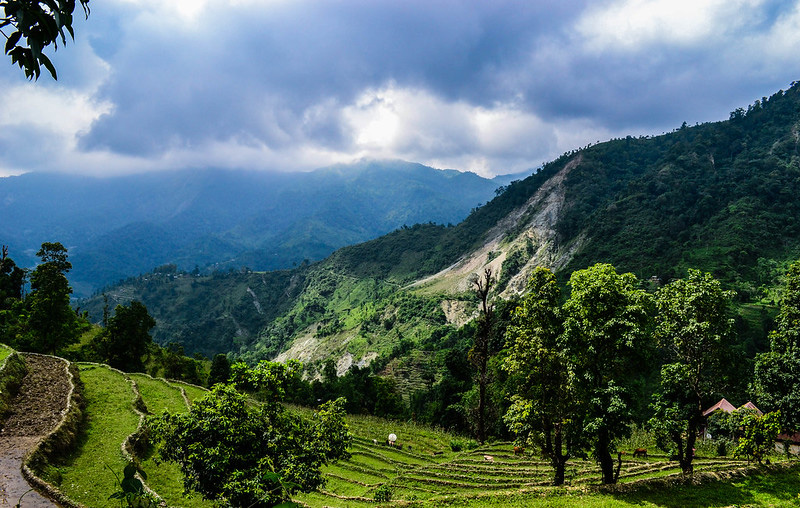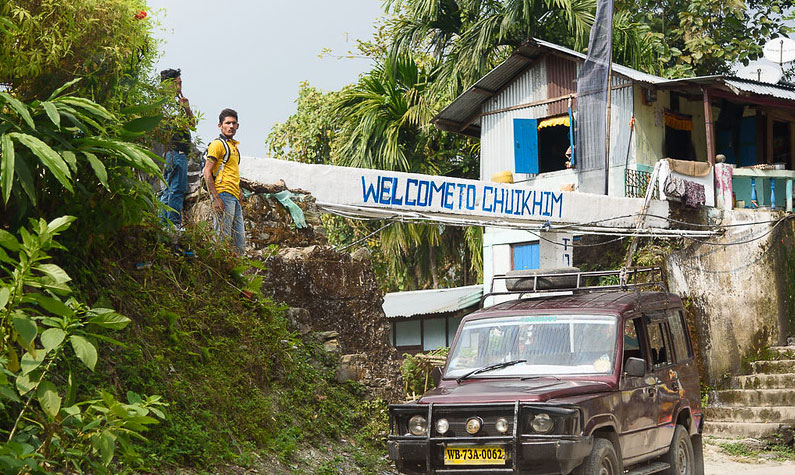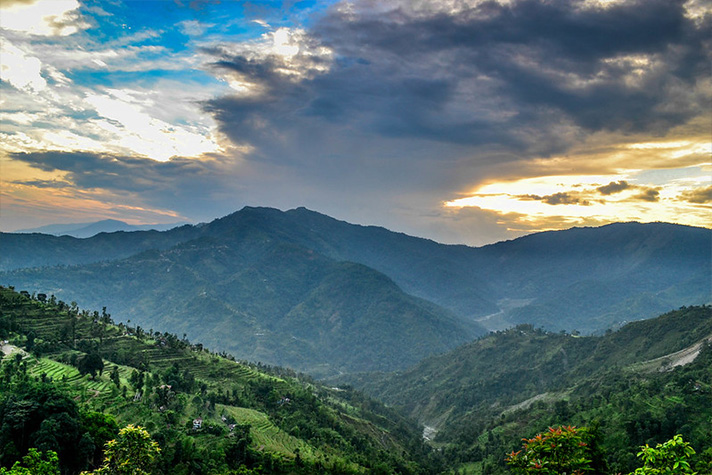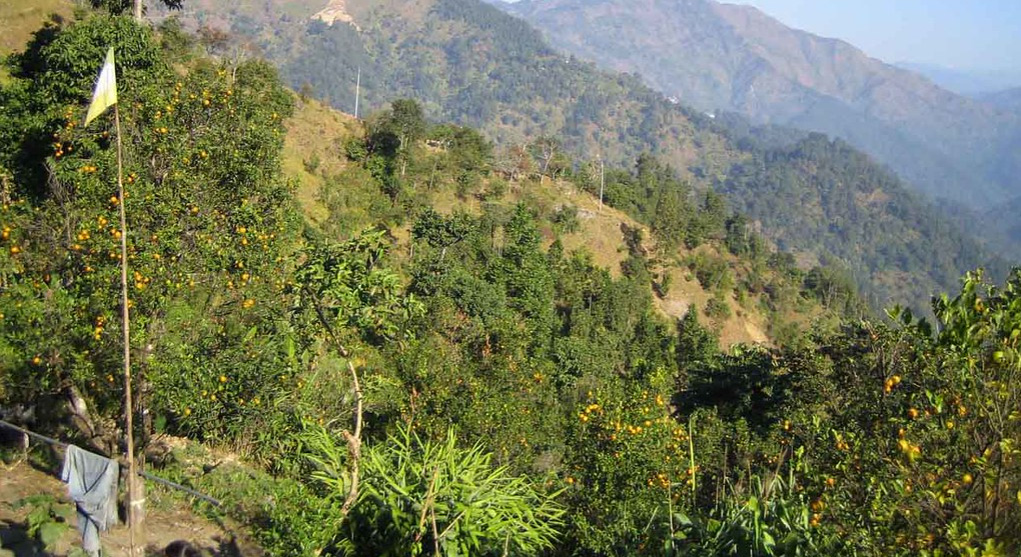Nestled among the verdant tea gardens of tranquil Darjeeling, Tukvar is an off-beat destination. Well, it is one such cocoon that provides excellent solace from urbanized chaos. This beautiful village perched on the north side of the district of Darjeeling in West Bengal is famous for its tea, geographical habitation, beautiful sceneries, and calmness.
Tukvar is synonymous with tea. Several tea estates are in the region, such as the historic Puttabong Tea Estate, which was established way back in 1852. One can go around the estates, witness the whole tea-making process, and even taste some fresh Darjeeling brew, so famously fragrant and fine. If you are an avid tea lover, this place should be on your next tour itinerary.
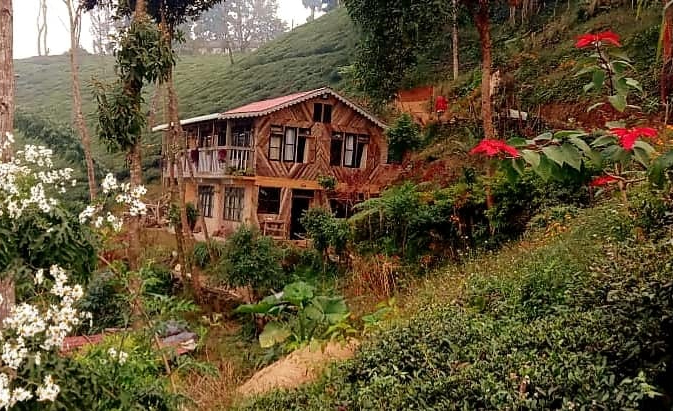
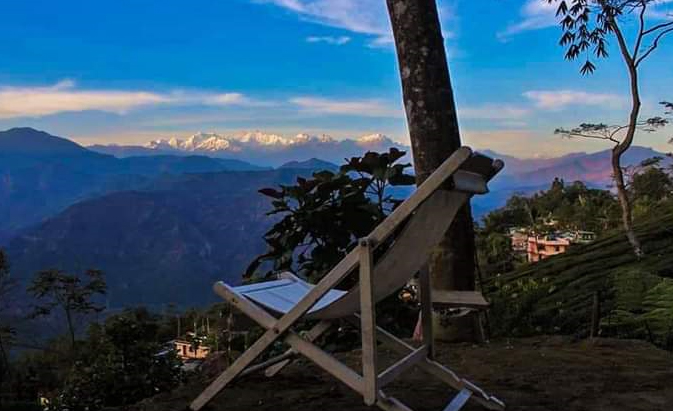
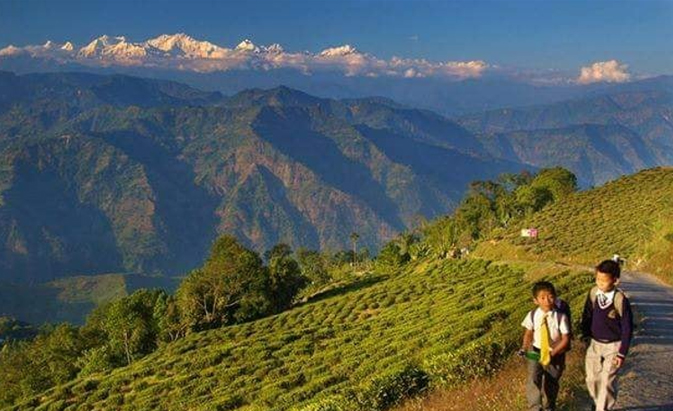
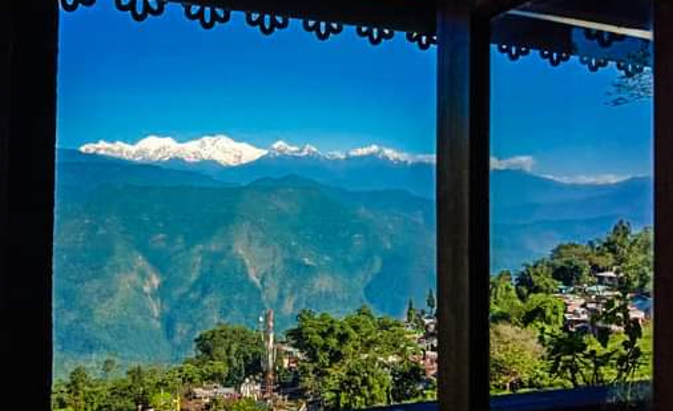
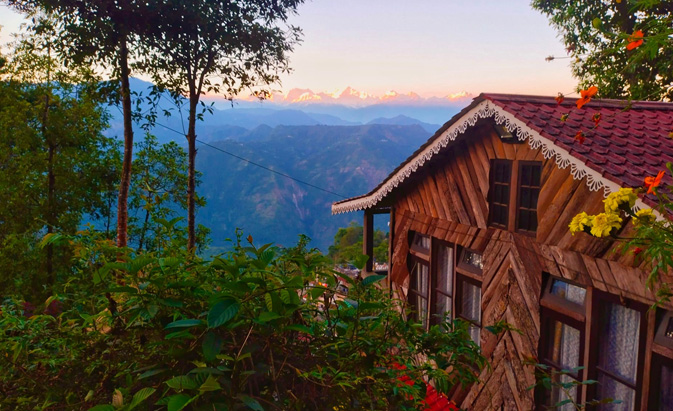
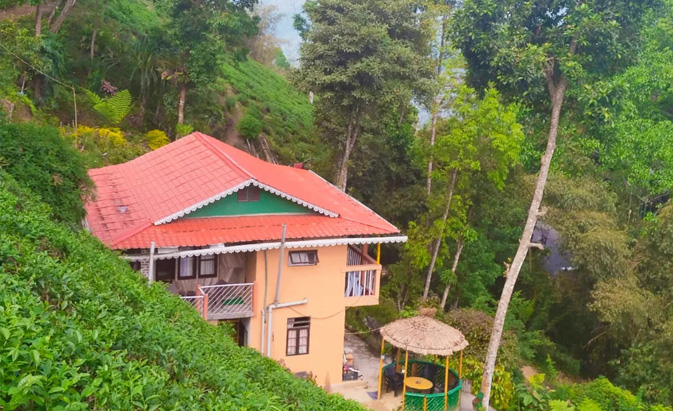
Image Courtesy: https://www.facebook.com/profile.php?id=100063835274221&sk=photos
Things to see in Tukvar
Apart from the natural magnificence of tea, Tukvar shines with plethora of natural attractions. Rolling hills, dense forests, and cascading waterfalls are something that provide a paradise for nature lovers. The settlement serves as a starting point for other places in Darjeeling, such as Tiger Hill, Batasia Loop, and the Himalayan Mountaineering Institute.
Things to do
The most popular activities here are trekking through lush greenery, bird watching, and just immersing oneself in the peacefulness of the surroundings. Another adventure activity that can be experienced in Tukvar is river rafting on the mighty Teesta River. The stunning sight of the neighboring hills is sure to be etched in memory for ages.
Where to stay in Tukvar
The tranquility that Tukvar exudes with the warmth of its hospitality has made it perfect for a discreet getaway. The village offers accommodation ranging from smaller homestays to luxurious resorts, fitting pockets and taste of everybody.
If one loves tea is an admirer of nature, or someone merely looking for a quiet retreat, It has something special for everyone to look forward to.

